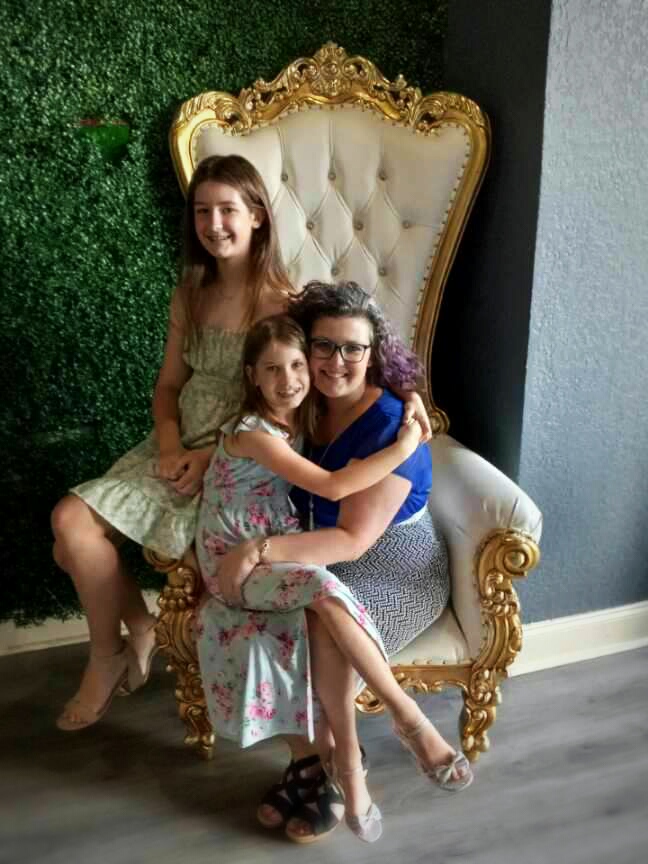The ABCs of behavior, often refered to as the "three term contingency" are the Antecedents, Behaviors, and Consequences. Antecedents are what occurs before the behavior. Behaviors can be described by topography (what it looks like) and function (the maintaining consequence). Consequences are what occur after the behavior. Maintaining consequences are those that reinforce the behavior (i.e. increase the future probability of that behavior’s occurrence). We have to look at each of these things in order to determine our plan of action for getting rid of unwanted behavior.
If your child is engaging in a behavior that you would like to decrease, the first step is to define the behavior so that everytime you, your husband, your child's teacher, and anyone else involved sees that behavior you can all agree that it happened. For sake of consistency, I will continue with the example of my daughter. She "hangs on my leg and whines" when she wants me to pick her up. What I really mean is that she wraps her arms around my leg and makes an unintelligible crying sound without producing tears. I have just defined the behavior according to topography (what it looks like). I have determined the function of that behavior to be attention - specifically for me to pick her up.
Behavior typically has 1 of 4 functions: access to tangibles (toys, food, etc.), escape (from homework, chores, people, etc.), attention (including when you sigh out of frustration - yes some kids like to get under your skin), and sensory (the behavior appeals to one of their senses - sight, sound, touch, taste, smell). To determine the function we should implement a functional behavioral assessment (FBA). Start with collecting anecdotal data on the behavior. When an unwanted behavior occurs, write down exactly what happened before it, no matter how small or insignificant it may seem. You should also write down exactly what the behavior looked like and anything that happened after the behavior. This will include naturally occuring consequences and anything that you or others did.
Keep in mind - sometimes a behavior may have the same topography but a different function depending on the environment. Think in terms of a baby (i.e. my 15 month old). She has limited communication and sometimes when she hangs on my leg and whines it means "pick me up and hold me" but other times it means "Mommy, I'm really tired and want to escape all this interaction". She has not yet learned to say "night night" so she resorts to the only communication she knows. It's important to always assess the environment to determine the function of a behavior. YOU should be a walking, talking, breathing functional behavior assessor.

0 comments:
Post a Comment